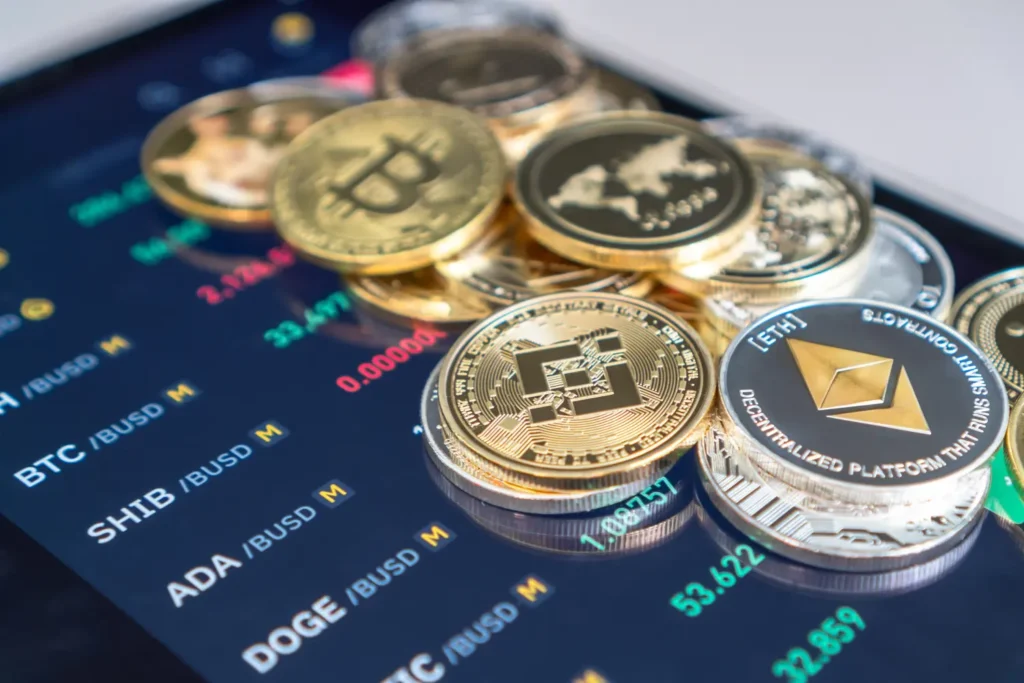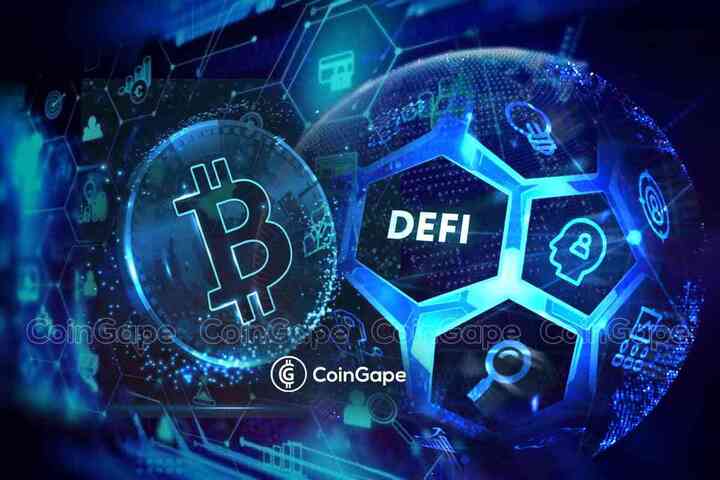The financial industry is undergoing a radical transformation, driven by innovations in blockchain technology. Decentralized finance, commonly referred to as DeFi, is emerging as a groundbreaking alternative to traditional banking and investment systems. By leveraging blockchain and smart contracts, DeFi eliminates the need for centralized intermediaries, providing users with direct access to financial services. This shift is not just a passing trend—it represents the future of finance, offering transparency, accessibility, and efficiency on a global scale.
Understanding DeFi: A Paradigm Shift in Finance
DeFi is a blockchain-based ecosystem that enables financial transactions without relying on banks, brokers, or other centralized institutions. Instead, it operates through decentralized applications (dApps) and smart contracts that automate and secure financial operations. These applications run on public blockchain networks, such as Ethereum, allowing anyone with an internet connection to participate in lending, borrowing, trading, and earning interest on digital assets.
One of the defining features of DeFi is its permissionless nature, meaning users do not need approval from financial authorities to access services. This removes barriers to entry and promotes financial inclusion, especially in regions where traditional banking infrastructure is limited. By cutting out intermediaries, DeFi not only reduces costs but also enhances transaction speed and transparency.
The Core Components of DeFi
The DeFi ecosystem is composed of various financial tools and services designed to replicate and improve traditional finance. Here are some key components driving its adoption:
1. Decentralized Exchanges (DEXs)
Decentralized exchanges (DEXs) allow users to trade digital assets directly from their wallets without relying on centralized authorities. Unlike traditional exchanges, which require users to deposit funds into a centralized account, DEXs use automated market-making (AMM) algorithms to facilitate peer-to-peer transactions.
Platforms like Uniswap, SushiSwap, and PancakeSwap provide users with greater control over their assets, eliminating the risk of hacks or mismanagement by centralized entities. Additionally, DEXs reduce transaction costs and increase liquidity for various cryptocurrencies, making trading more efficient and accessible.
2. DeFi Lending and Borrowing Protocols
DeFi lending platforms, such as Aave and Compound, enable users to lend or borrow assets without traditional credit checks. These protocols operate using overcollateralization, meaning borrowers must provide collateral greater than the amount they wish to borrow. This mechanism ensures security and trust within the system, reducing the risk of default.
For lenders, DeFi offers an opportunity to earn passive income by supplying liquidity to the platform. Interest rates are determined algorithmically based on supply and demand, ensuring a fair and transparent lending process. Unlike traditional banks, DeFi lending eliminates intermediaries, leading to lower fees and faster loan approvals.
3. Stablecoins and DeFi Payments
One of the major obstacles to cryptocurrency adoption has been price volatility. Stablecoins, such as USDC, DAI, and USDT, solve this problem by maintaining a fixed value pegged to fiat currencies. These digital assets serve as a reliable medium of exchange within the DeFi ecosystem, enabling seamless transactions and remittances.
By using stablecoins, DeFi platforms facilitate instant cross-border payments with lower fees compared to traditional banking systems. This is particularly beneficial for individuals in developing countries who lack access to stable financial services. The ability to transfer value globally without high costs or delays is a game-changer for financial inclusion.
Why DeFi is the Future of Finance

The rapid growth of DeFi highlights its potential to reshape the financial industry. Here are some reasons why DeFi is positioned as the future of finance:
1. Financial Inclusion and Accessibility
Traditional banking systems often exclude millions of people due to high entry barriers, geographic limitations, and regulatory constraints. DeFi removes these obstacles by providing open access to financial services, allowing users to interact with decentralized applications from anywhere in the world.
This is particularly important for people in underbanked regions, where access to financial services is scarce. DeFi enables individuals to save, invest, and transact without requiring a bank account, empowering them with economic opportunities that were previously unavailable.
2. Transparency and Security
DeFi operates on public blockchains, ensuring that all transactions are recorded and visible to anyone. This transparency reduces the risk of fraud, corruption, and mismanagement often seen in traditional financial systems. Smart contracts, which execute transactions automatically, further enhance security by eliminating human intervention.
Additionally, DeFi protocols undergo regular security audits to minimize vulnerabilities. While risks still exist, ongoing improvements in smart contract technology and decentralized governance models are making DeFi platforms more secure and resilient.
3. Lower Costs and Increased Efficiency
Traditional financial services are often burdened with high fees, lengthy processing times, and bureaucratic inefficiencies. DeFi eliminates many of these costs by automating transactions through smart contracts. Without the need for intermediaries, users can conduct financial activities at a fraction of the cost and with faster settlement times.
This efficiency is particularly valuable for cross-border transactions, where traditional banking fees and delays can be a major drawback. DeFi allows users to send and receive funds globally within minutes, revolutionizing the way money moves across borders.
Challenges Facing DeFi Adoption
While DeFi offers numerous advantages, it also faces several challenges that must be addressed to achieve mainstream adoption.
1. Regulatory Uncertainty
One of the biggest challenges for DeFi is regulatory uncertainty. Governments and financial regulators are still determining how to classify and oversee decentralized financial services. Regulatory clarity is essential to ensure compliance while maintaining the core principles of decentralization and financial freedom.
2. Security Risks and Smart Contract Vulnerabilities
Despite its transparency, DeFi is not immune to security risks. Smart contracts can contain bugs or vulnerabilities that hackers exploit to steal funds. Several high-profile DeFi attacks have resulted in significant losses, highlighting the need for rigorous security audits and improved coding standards.
3. Scalability and User Experience
As DeFi adoption grows, blockchain networks face scalability challenges that can lead to high gas fees and slow transaction speeds. Layer 2 scaling solutions, such as Optimistic Rollups and zk-Rollups, are being developed to address these issues, making DeFi more efficient and user-friendly.
Final Thoughts: The Road Ahead for DeFi
DeFi is more than just a technological innovation—it represents a shift towards a more inclusive, transparent, and efficient financial system. While challenges remain, ongoing advancements in blockchain technology, regulatory clarity, and security measures will pave the way for widespread adoption.
As more users embrace decentralized financial services, DeFi has the potential to disrupt traditional banking models, empowering individuals with greater financial autonomy. Whether it’s lending, trading, or making payments, the future of finance is undeniably decentralized, and DeFi is leading the way toward a more equitable global economy.
